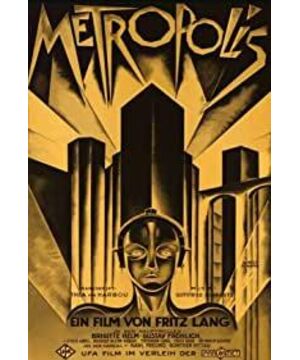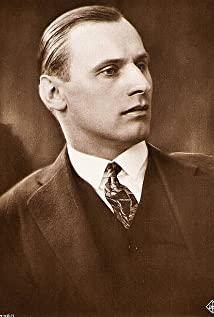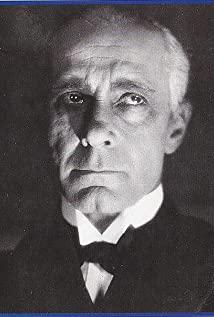It's unbelievable that this is a 1927 movie. The scenes are magnificent and the music is thrilling. Although it has the common problem of the silent film era - the action is a bit exaggerated, the eyes are too expressive.
The first few fast-moving parts hint at the rapid development of the future, and the only 10-hour clock on the wall is unique.
The neat and heavy steps of the workers are like prisoners, playing with the brisk and energetic steps of the noble children. In sharp contrast.
The sudden intrusion of Maria is a symbol of simplicity and beauty among the maddened fans. It also leads Fred to enter the factory and promotes his awakening. The transition between pagan gods and machines in the mist is full of master style.
The ecstasy of the workers after the identity swap, under the overwhelming flyers, symbolizes the sudden influx of desire, which also implies that this is the inevitable effect of the superposition of capital. But the workers did not always fall, and in the end they stood up to the Savior, which is touching.
The chase scene between King Roth and Maria uses lights to chase people with a sense of urgency.
The transition of the whole film has been extremely natural, for example, Fred took out George's work permit, and Maria asked where the children's parents were.
The cross montage of Maria's dancing scene is simply superb. The flirtatious dance, the eyes of desire, the drunken crowd, the quick handover, and the charming, seductive, and bizarre manifestations of confusion.
I originally thought that this film would target the gap between the rich and the poor, but I didn't expect it to try to outline the unpredictable results of the workers' riots after they got out of control, or to call on the capitalists and workers to reach an agreement and harmony. Brains and hands, it's 1927, just in time. The great economic crisis is considered a work of the times, but it is also destined to surpass the times and be remembered by people.
View more about Metropolis reviews











